|
Rosemary Mitchell Design for Branded Spaces 19040831 My name is Rosemary Mitchell but most people call me Rosie and I am studying Design for Branded Spaces. For me, the anti-design discourse is a familiar movement that has reoccurred time and time again. Art has almost always reflected society (Satori Graphics, 2021, 3:56). This is good for design; it breathes fresh air into the rules. Anti-design isn’t anti, its pro. Including my thoughts from my recent experiences, I will reflect on this thought on anti-design with sources to complement and contradict my perspective. Covid-19 has changed society. Many People are angry and discouraged at the world (Satori Graphics, 2021, 3:36), especially younger generations. It seems anti-design shows design reacting to a change of society, and revolting. My thoughts align with Mark Busse, that sometimes rules should be thrown out the window and that’s what this rise in anti-design is doing. That’s not to say this a new thing. For example, this building was created in the 1970s and is a clear example of anti-design. An article from 1980 described the space as “a hard to describe composition, whose spaces and forces have to be experienced on the spot.” (Domus, 1980). Hermann P, Zentral Sparkasse Bank, 1980, https://www.domusweb.it/en/from-the-archive/2012/06/23/remembering-gunther-domenig.html You could use this description to describe current graphic design since the covid-19 pandemic. The image below is an example of the current online websites. The increase in radical online design is probably due to the world practically living virtually during the intense period of lockdown and this has been ricocheted into our ‘post’ covid lives. I think this has positive and negative effects on us, because we also need more physical stimulation from our surroundings, since being isolated due to the pandemic. For me personally I think anti-design is an important tide that has ebbed and flowed throughout human existence, therefore I think it needs to latch onto spatial designers again. Like it did in the 1960s and 70s. https://www.m-o-l-l-y.com/design, 2021 Diana Budds, a design writer, describes the work coming from the Italian anti-design movement of the 1960s as visions from an acid trip (Budds, 2017). These included interior design products such as sofas, coast stands and shelving. Making chairs that weren’t practical to sit on and shelves that were wonky (image below). Memphis Design Collection, https://designmuseum.org/discover-design/all-stories/memphis-group-awful-or-awesome Personally, this makes me more excited about anti-design and what it can be a metaphor for. Such as political symbolism, protesting government ideals and controls. In terms of my own experience so far on DPS, I haven’t produced anti-design spaces. I feel I need to learn initial principles and soak in experiences from my placements and opportunities to then be able to challenge the status quo. On my placement in Castle Howard, a lot of the rooms were traditionally designed. However, the area I mainly helped design and install made me think about how to approach anti-design subtly. I enjoyed creating this space and although it wasn’t about revolting against a change or political upheaval, I felt it had sentiments of anti-design as it was breaking away from the conventional. This makes me want to continue to create spaces with a nod to difference. Castle Howard, The Long Gallery, Lawson, 2021, https://yorkmix.com/simply-stunning-castle-howard-transformed-into-narnia-for-most-awesome-christmas-display-yet I have found sources that contradict my perspective that the current anti-design movement is mainly online and does have physicality. There is evidence of anti-design in physical spaces within this movement, however they are for deterring certain demographics and isolating certain public spaces. This type of Anti-design is going against what I believe is good about the movement. Benches have been designed to deter people from lying on them. This is exactly what anti-design was revolting against, against government control and isolating people. The image on the right shows “the Camden Bench a highly refined work of unpleasant design, impervious to essentially anything but sitting.” (99percentinvisible, 2016). This makes me feel that anti-design has a very broad definition and that anti-design for spaces is not being used in the way it was originally intended. Why is there this current differentiation between anti-design for digital and anti-design for physical spaces? The Wub (2015), https://99percentinvisible.org/episode/unpleasant-design-hostile-urban-architecture/ For me, anti-design also raises questions such as, how can you define what bad design is? The 2013 exhibition, Evil things: An encyclopaedia of bad taste, looked at objects that were defined as badly designed. I feel this exhibition drew up ideas of defining what bad taste and good taste is, is it anti-design? I personally think some of these objects from the exhibition are fantastic; like Philippe Starck's, lemon squeezer, this is an example of anti-design that has now become a staple artistic piece, influencing and questioning what a well-designed kitchen can include. We need more objects like these in this new wave of anti-design movement. They may not be practical for people to use but the point is they are showing us alternatives. Philippe Starck, Juicy Salif Lemon Squeezer, https://artblart.files.wordpress.com/2013/09/mkg_bc3aesedinge_zitronenpresse-web.jpg Spatial designers need to use anti- design and hop on this wave of this recent rise to break boundaries and make some noise to allow for change. Being a spatial design student, I personally want to be visually stimulated with my 360° of surroundings, especially now I can go out into the world and socialise with places. Maybe we need to design spaces that are uncomfortable, awkward and downright annoying. Thus, creating fresh ways of thinking for the new world we will live in. Bibliography/ Source References
Budds D, (2017), Inside Italy Most Transgressive Design Movement, Available at: https://www.fastcompany.com/90149336/inside-italys-most-transgressive-design-movement Busse M, (2006), Innovation: Throwing Design Rules Out The Window, Available at: https://industrialbrand.com/throwing-design-rules-out-the-window Domus, (2012), Remembering Gunther Domeni, Available at: https://www.domusweb.it/en/from-the-archive/2012/06/23/remembering-gunther-domenig.html Satori Graphics, (2021), Will anti-design takeover the graphic design world?, Available at: https://www.youtube.com/watch?v=Bv7a3TcxugQ- 99pi, (2016), Unpleasant Design and Hostile Urban Architecture, Available at: https://99percentinvisible.org/episode/unpleasant-design-hostile-urban-architecture/
1 Comment
Robert Urquhart
1/6/2022 07:48:56 am
Wow Castle Howard, The Long Gallery looked amazing! interesting post made me think about style and intent - taste and selection process - really interesting, thanks for sharing!
Reply
Leave a Reply. |
Archives
December 2021
Categories |

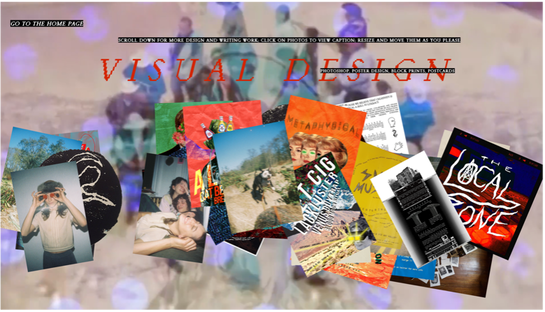
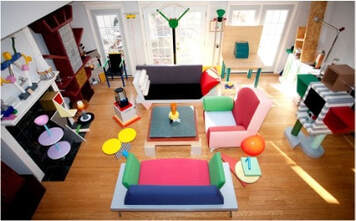

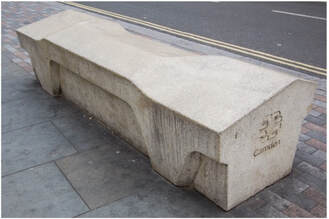
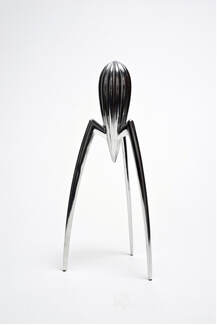
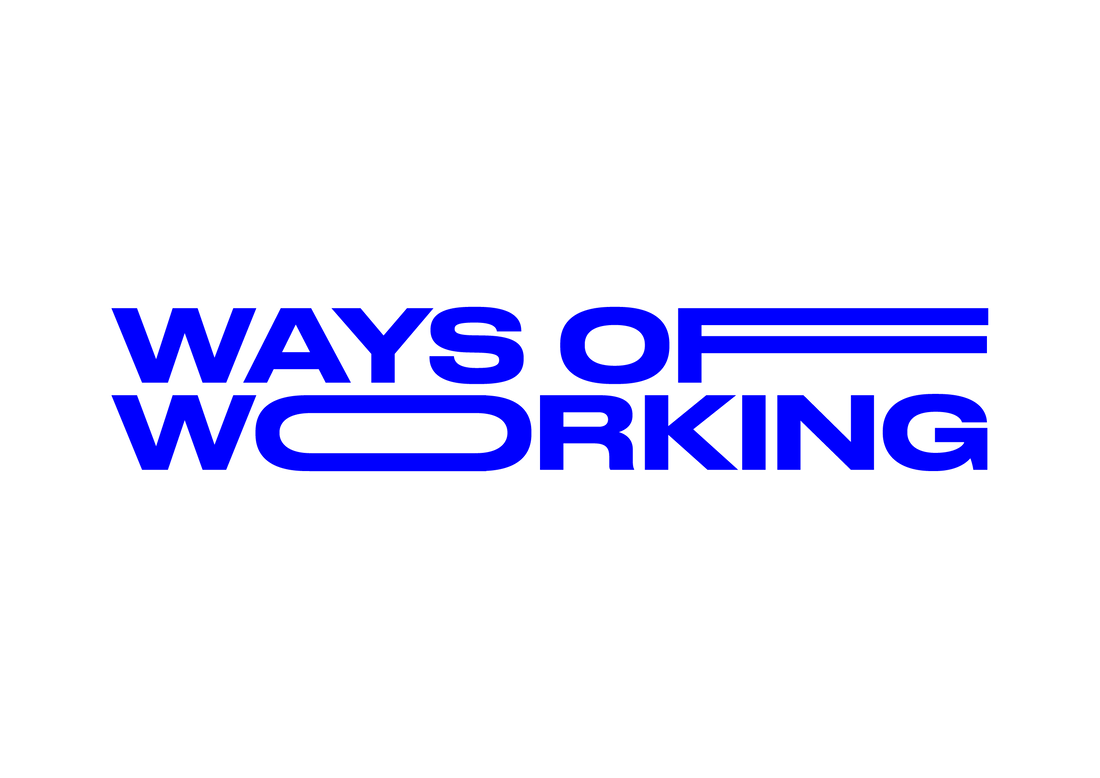
 RSS Feed
RSS Feed
